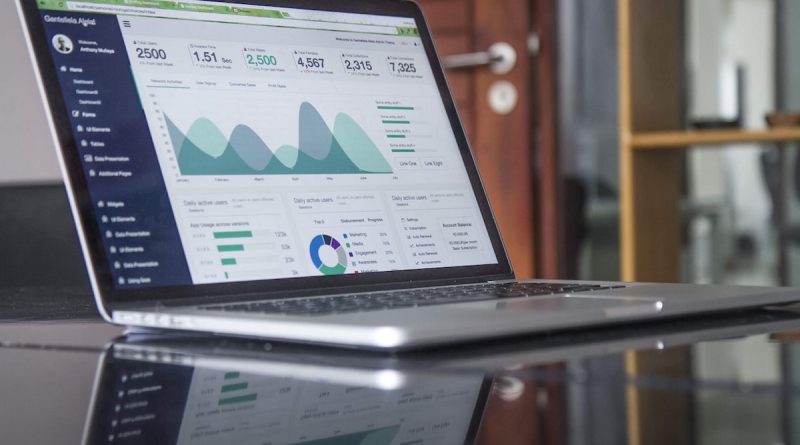AI In Marketing: A New Look At Customer Experience
Personalization has been one of the key trends in marketing in the past years. We are used to Facebook, Youtube, and Instagram showing us ads that could really be interesting and relevant. In the United States, back in 2011, supermarkets determined a girl’s pregnancy faster than her own parents found out about it. But whereas only large companies with dozens of well-paid analysts could get such accuracy and personalization before, in 2020, such opportunities have become more accessible and available to a much broader audience. All that is required from the company now is some kind of data-driven culture.
Let’s address the main opportunities that have become available to medium and small businesses thanks to the democratization of data technology. Practical applications of data science and machine learning are transforming business processes in the same way that computers did 20 years ago and the Internet did 10 years ago.
Objectives and tasks
The main challenge facing the business today is how to increase revenue while reducing costs. If we are talking about marketing, then the main task is to increase ROMI.
Ways to increase ROMI:
- Reducing costs that do not lead to increased profits;
- Increasing response to marketing impacts due to their greater personalization;
- Increasing in LTV of an already attracted client.
Real-time analytics methods have made it possible to analyze website data visitors much more deeply. However, at a large scale, it is difficult for a person to see all the patterns, so analytics systems begin to sample the data (showing the average value, not all sessions). In addition, high-quality integrations with the CRM system are not always organized, which does not allow combining all data into a single system.
A good solution is customized BI systems like Qlik, Tableau, or Power BI. In general, the presence of a BI system in a company is a good sign, meaning that the company is data-driven. This tool is often the first step towards predictive analytics and the transition to data-driven management decisions. The next steps are to apply mathematical tools to gain knowledge from data.
So let’s move on to how math and AI can help analysts and marketers.
Current objective situation
Clustering current customers (and/or new ones), revenue from different customer groups, cost of acquisition, and ROMI help assess the current situation on the surface. Up-to-date interactive analytics and automatic signals allow you to react faster and more flexibly to changing situations, save costs, and invest in marketing and product development more effectively.
The prediction of events is another interesting area.
Purchase predictions
Knowing which customers are planning to make a purchase in the near future will help save your marketing budget. If the client has already bought from you, then there is no need to spend resources on additional promotional efforts such as remarketing, etc. On the other hand, if the purchase did not take place, then it makes sense to slightly push customers to choose your product over others by providing a small personal discount or bonus. In addition, such a forecast will optimize the work of the warehouse and pleasantly surprise customers with expedited delivery.
Lifetime Value (LTV) forecasts
To accurately calculate the effectiveness of marketing tools, you need to know not only the cost of attracting a customer and/or see the correlations between budgets for different channels and sales growth but also how prospective customers are. At the same time, if you look at the actual total payments during the relationship with the client, the answer will be received quite late. This knowledge may not help in the future, as it may change over a year.
Machine learning techniques allow predicting LTV in advance. And conclusions about the quality of attracted customers can be obtained during pilot experiments. With the correct launch of the pilot, the answer to what will be the revenue from clients during your work with them, will be received even before the clients have made the first order.
Customer churn forecasts
One of the important indicators for business effectiveness is the churn rate. Sometimes, just a small compliment is enough to maintain the loyalty of a client who is about to refuse our services. And it will be much cheaper than attracting a new client instead. Artificial intelligence, based on data on current and departing customers, establishes patterns that identify customers prone to churn, even before they actually leave. By extending special marketing activities exclusively to them, the company can increase the duration of the relationship with the client in a cost-effective way, without losing profits due to additional discounts for other clients.
So advances in data science and machine learning are enabling SMBs to achieve the same results that were previously only available to market leaders with expensive analysts onboard.
Stay tuned with Software Focus!

